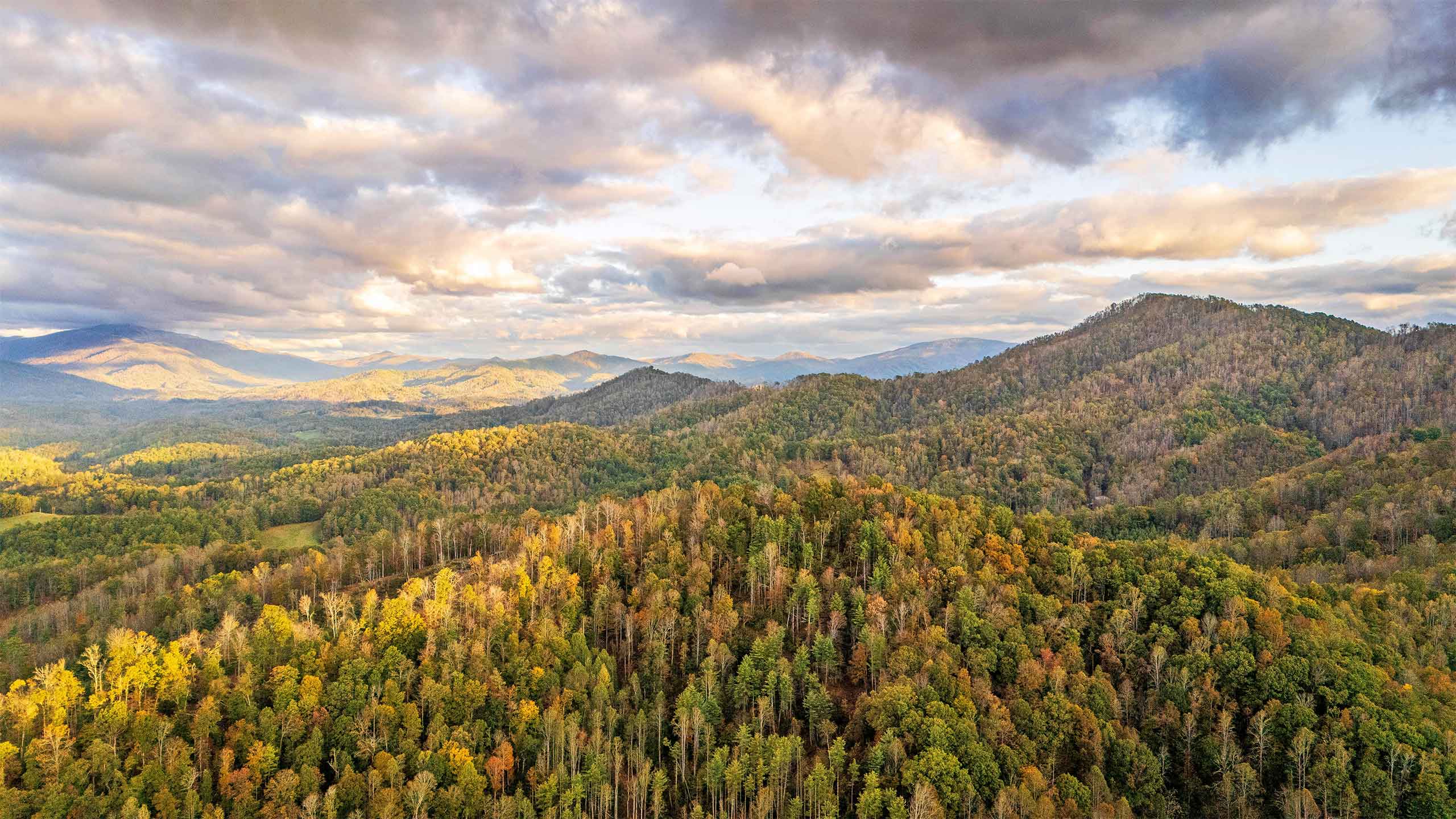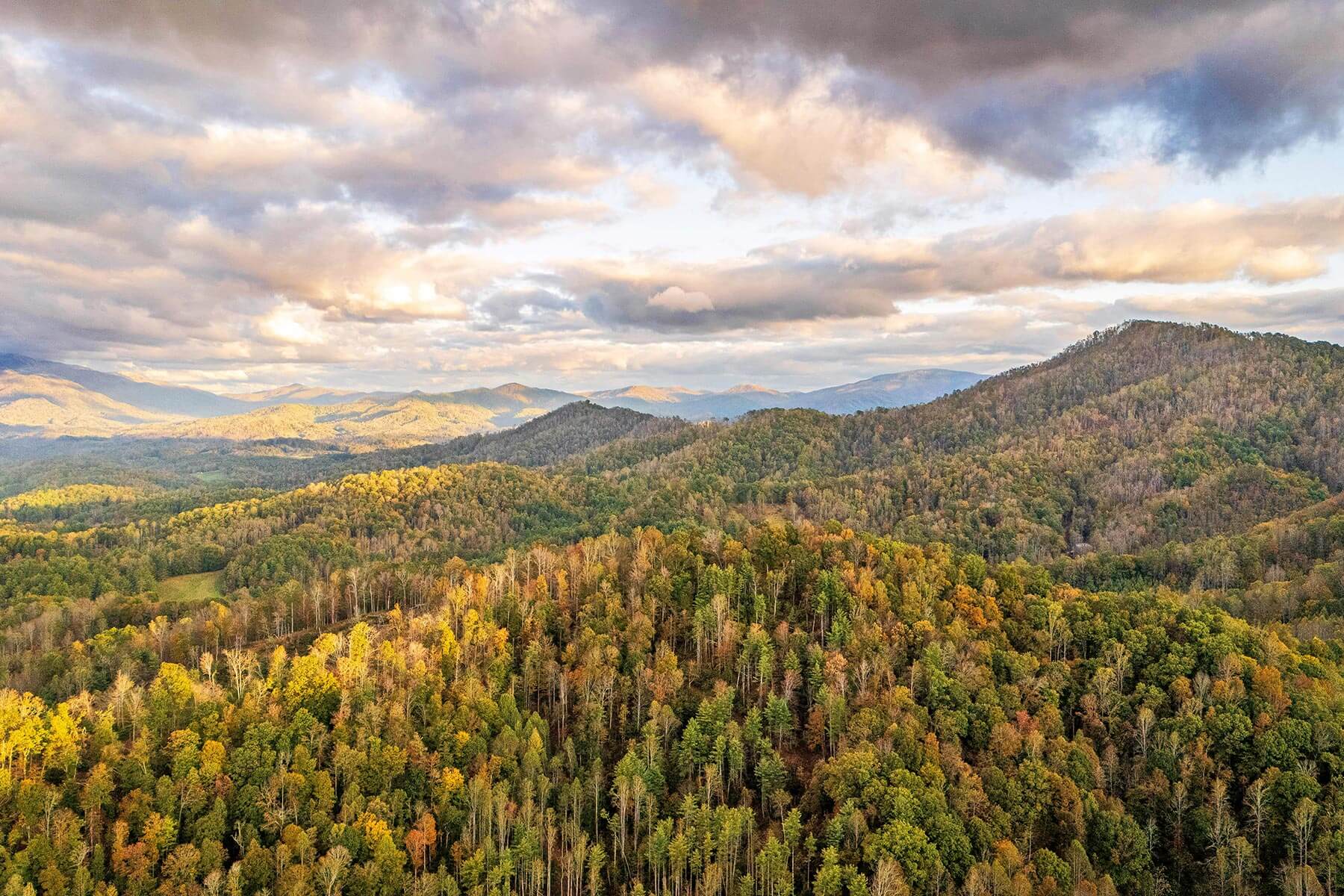Reforestation In
Appalachia
Spanning 13 states across the eastern seaboard, Appalachia is one of America’s most biologically diverse regions. One of the oldest mountain ranges on Earth, the Appalachians are a wildlife migration “superhighway” — and they’re home to thousands of species, including the saw-whet owl, Carolina northern flying squirrel, and Appalachian cottontail. Notably, the southern Appalachian mountains are one of the most biologically diverse regions in Earth’s temperate zone, and are considered the salamander capital of the world.
Naturally resource-rich, the region’s forests have historically been degraded by extractive industries since the Industrial Revolution, including coal mining and timber operations. While these industries played a key role in the development of the region, they left a legacy of pollution and forest loss. Today, major restoration priorities in Appalachia include restoring critical biodiversity habitat, restoring and reclaiming legacy pollution sites, and fostering landscape conservation and economic empowerment.

Appalachia Stats
206,000
Square miles
The Appalachian region spans 206,000 square miles.
About the Appalachian Region, Appalachian Regional Commission
100+
Tree species
100+ native tree species have been identified in Appalachia.
Biodiversity of Highlands, Western Carolina University, Highlands Biological Station
26.4m
people
26.4 million people live across five distinct sub-regions.
About the Appalachian Region, Appalachian Regional Commission
60%
Private land
60% of land is privately owned.
60%
Of Water
60% of potable water in California is sourced from forested watersheds.
Project Highlights
Reforestation in Appalachia can help restore forests that have been degraded by historic development and extraction, mounting climate change impacts, and more. Learn about three recent reforestation projects that planted trees in Appalachia!

Daniel Boone National Forest
This project worked to restore 1,000 acres of surface-mined lands. One of the main goals of this project was to improve forest ecosystem services — including air and water quality, and carbon absorption. Another main objective of this project was to improve breeding and habitat conditions for Cerulean warblers, whose population has declined over the years.
Reforestation Of “Legacy” Surface-Mined Lands In Appalachia
Reforestation of surface-mined lands has various benefits, including controlling unwanted vegetation, creating young-forest habitats that will grow into mature forest habitats over time, and reducing forest fragmentation. The project will help increase biodiversity by providing vital nectar sources for pollinators and improving wildlife habitat for targeted species. By restoring native forest cover and improving water quality, the planted trees will benefit local communities, too.


Blue Ridge Mountains Restoration
The Blue Ridge Mountains span eight states. This project encompassed the hills of central Alabama extending northeast into the Blue Ridge Mountains of northwest Georgia. The primary objective was to maintain and restore a unique montane longleaf pine ecosystem, bridging ecological connectivity from the coastal longleaf ecosystem into the foothills of the Appalachians.


